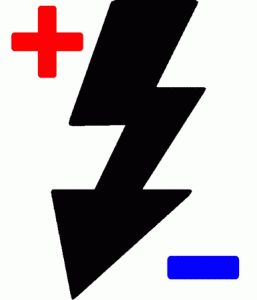On occasion, I’ll review a marina appraisal where the appraiser has adjusted for dock services such as the presence or absence of sewer pumpout or differences in the electrical output of docks. There are two potential difficulties associated with adjusting for dock electric:
- It is only rarely that a marina has one type of dock electric. The most common are 30 and 50 amps, although I’ve appraised marinas with 30 amps, 130 and 150 amps electric.
- To compound the above, some pedestals provide single, double or quad outlets, so multiplying this by the above results in quite a range.
 So in merely reporting the data for adjustment there is a level of due diligence that is very difficult to achieve. How many questions on this topic can you ask a marina owner or manager before they question why you’re asking them and cooperation shuts down? Why be boring?
So in merely reporting the data for adjustment there is a level of due diligence that is very difficult to achieve. How many questions on this topic can you ask a marina owner or manager before they question why you’re asking them and cooperation shuts down? Why be boring?
So the alternative is to report predominant electric such as single 30’s or double 50’s and base the adjustment on that. This creates the following problems:
- Just because one marina has double 50’s and a subject has double 30’s does not mean an adjustment is appropriate. If they are in two different submarkets (or waterways), neither may be functionally obsolete. If one of them were, I could see an adjustment, but does the market pay more for a marina with higher electrical requirements? I’ve yet to find a definitive answer to that question.
- The electrical output is an important criterion for boaters. For the most part, if a marina does not have a slip available at the right electrical output or have a pedestal with the required number of outlets (typically double versus single electrical outlets), boaters will just inquire of another marina to find what they want. That means that dock electric is partially correlated with boat sizes. Since purchasers buy marinas based on income, wet slip revenue is based on the boats that are in place and therefore dock electric is already considered as part of slip revenue. So you could make the argument that dock electric variances are already considered in the sale price and no adjustment is necessary. Not an air-tight argument by itself, but one worth considering.
- Since most marinas have multiple buildings and businesses generating income, what percentage of income is affected by electric differences? Let’s say a marina generates $3 million in revenue and the wet slips revenue is $600,000. That’s 20 percent. Another marina generates $4 million in revenue and wet slip revenue is $1 million or 25 percent. Given that in both cases the wet slip revenue is a low percentage of total revenue and that slip counts typically vary between two marinas, how much of an adjustment is appropriate? Let’s say you adjust by 10 percent. What is being adjusted is the entire marina sale price, not the wet slip component. That’s a problem.
From the above, it seems to me that adjusting marinas in the sales comparison for dock electric differences can be unreliable and not credible (that’s the magic word according to USPAP – all appraisals must be credible). This is just another reason why the sales comparison approach can be an unreliable approach and where the income approach is more reflective of current market conditions.

